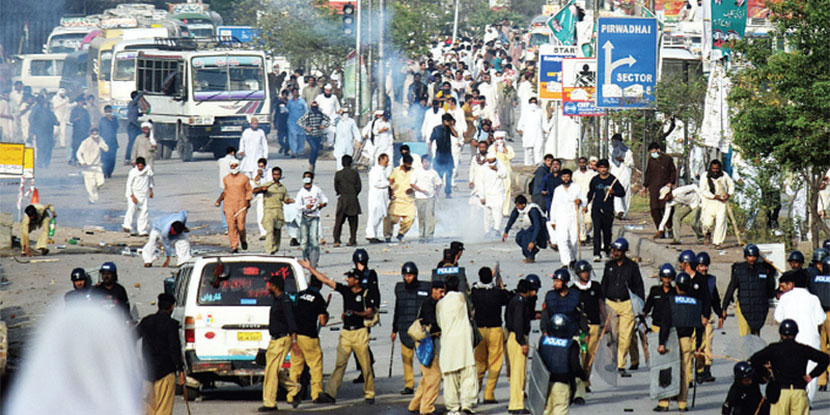Pakistan is among the few countries of the world where political instability still exists even after more than 70 years of independence. The country has been ruled by both democratic and military governments and there, always existed a perceived clash for power and legitimacy. The political instability has badly damaged the potential of the country despite tremendous resources.
Pakistan is a federal parliamentary republic in which the constitution gives the provincial governments a high degree of autonomy and residuary powers. The executive power center is vested with the national cabinet which is headed by the prime minister. The constitution provides a delicate check and balance of sharing powers between executive, legislative, and judicial branches of the government.
In reality, the military is the arm of the democratically elected government but a fault line has always existed in their role in running the country’s affairs, which has led to years of political instability.
Since 47’, the first decade was marred with political unrest and instability, mainly due to the fact that Quaid-e-Azam died within the first year of independence. He left the country with no constitution that would have set the rules of running the county affairs. With the frequent collapse of civilian democratic governments, the first military coup happened in 1958.
The democratic government was thrown away and the army took over, the shockwaves of which are felt even today. Later, Zulfiqar Ali Bhutto, the political leader who was part of martial law government started strong agitation and as a result, the first elections of the country took place in 1971.
That election results caused even worse political instability in the history of Pakistan. Two major parties participated in the election along with strong political groups.
In East Pakistan, Awami League, headed by Sheikh Mujibur Rehman took the majority and in West Pakistan Zulfiqar Ali Bhutto won the popular vote. The number of seats of the Awami League was higher than that of PPP and as such, it claimed to make the government.
PPP refused their claim, as a result, the tragedy in the form of dismemberment of East Pakistan took place. PPP made the government in West Pakistan and formed a unanimous constitution of 1973.
Strong agitation again started by a new Islamic alliance backed by the military across the country and martial law was imposed again in 1977. After the demise of General Zia ul Haq, many elections took place but all the political governments were dismissed on corruption or mismanagement allegations.
Again in 1999, democratically elected government was overthrown due to political instability and Musharraf imposed martial law. The rule of Musharraf saw the country’s highest GDP growth and modernization but his time was marred by issues like brutal suppression of dissent, civil unrest, and the assassination of Benazir Bhutto.
The elections held after his retirement brought PPP back into power and the country saw some political stability. Only the recent two democratic governments were able to complete their tenure.
The main lesson from the past 70 years of Pakistan is that political parties need to strive for pure democratic values without indulging in conspiracies against the government on the behest of the military. Pakistan has paid too much for militarily activism and their increasing role in country affairs is always worrisome. Due to the three military coups and compromised political parties, the country went through much political instability, civil unrest, and economic turmoil.
Image source link

















